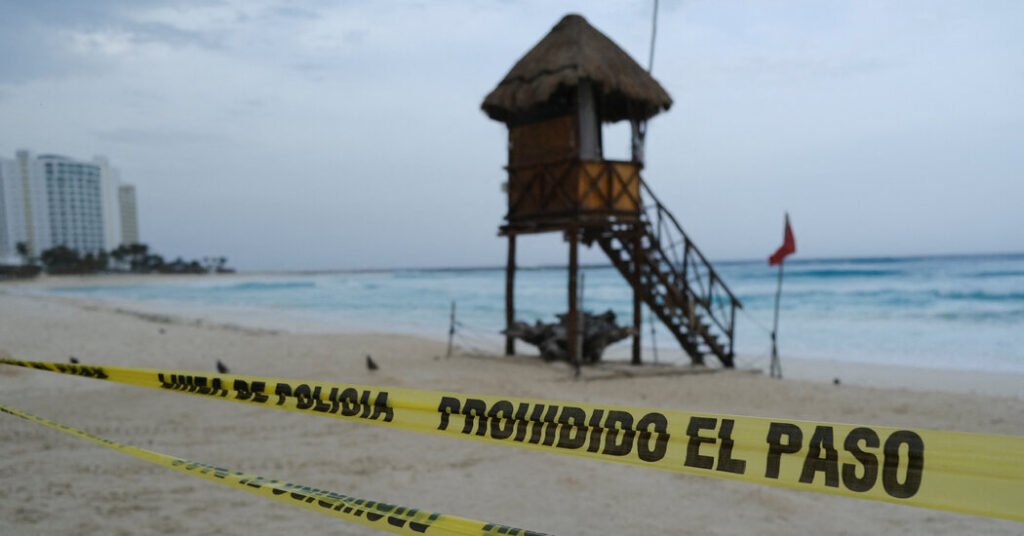Hurricane Beryl reached Category 2 strength as it approached the Yucatán Peninsula in Mexico after causing devastation in the eastern Caribbean, leaving eight people dead. The storm, which became the earliest Category 5 hurricane in the Atlantic, had winds up to 110 miles per hour. The Mexican authorities were preparing for landfall with storm surges and hurricane-force winds, deploying thousands of workers and armed forces along with rescue dogs to provide aid to the affected areas. Jamaica was hit hard by the hurricane, with farmland destroyed, homes damaged, and roads blocked by toppled utility poles and foliage.
Despite the destruction caused by Hurricane Beryl in the Caribbean, officials noted that the damage could have been worse. Prime Minister Andrew Holness of Jamaica expressed gratitude that the storm did not have as severe an impact as initially feared. The storm had claimed few lives since making landfall in Grenada on Monday, with Jamaica being spared the worst. Forecasters predicted that Mexico would face potential impacts from Hurricane Beryl, with the Yucatán Peninsula being the first to be hit before the storm moved on to the northern state of Tamaulipas.
Evacuations were underway in parts of Mexico, including Tulum and Felipe Carrillo Puerto, as officials feared the storm’s intensity. Tourists arriving in Cancún were caught off guard by the approaching hurricane, with many not informed in advance about the storm. The Gulf of Mexico saw Shell Oil evacuating nonessential workers from an oil platform, with no significant production impacts reported. Hurricane Beryl broke records as the earliest Category 5 hurricane in the Atlantic, a result of above-average sea surface temperatures signaling a challenging hurricane season ahead.
Residents in the Cayman Islands were relieved as Hurricane Beryl passed by without causing significant damage, while Jamaica worked to restore power and water supplies to affected areas. The tourism industry in Grenada, particularly the islands of Carriacou and Petite Martinique, faced severe destruction with almost all buildings damaged. Rebuilding efforts began on these islands, with a focus on restoring essential services and infrastructure. Satellite imagery showed the extent of the damage in tourist towns like Argyle, emphasizing the long road to recovery for the affected regions.
As cleanup operations began in the Caribbean, including tourist areas like Carriacou, efforts were made to reopen essential services and assess the full impact of Hurricane Beryl. Jamaica was slowly returning to normalcy, with power and water supplies being restored gradually. The government announced plans for reopening airports and schools as the country worked towards recovery. With the hurricane season underway, the Caribbean region braced for further challenges, with meteorologists predicting a difficult season ahead. Residents and officials alike prepared for the possibility of more severe storms and the need for proactive measures to mitigate their impact.

